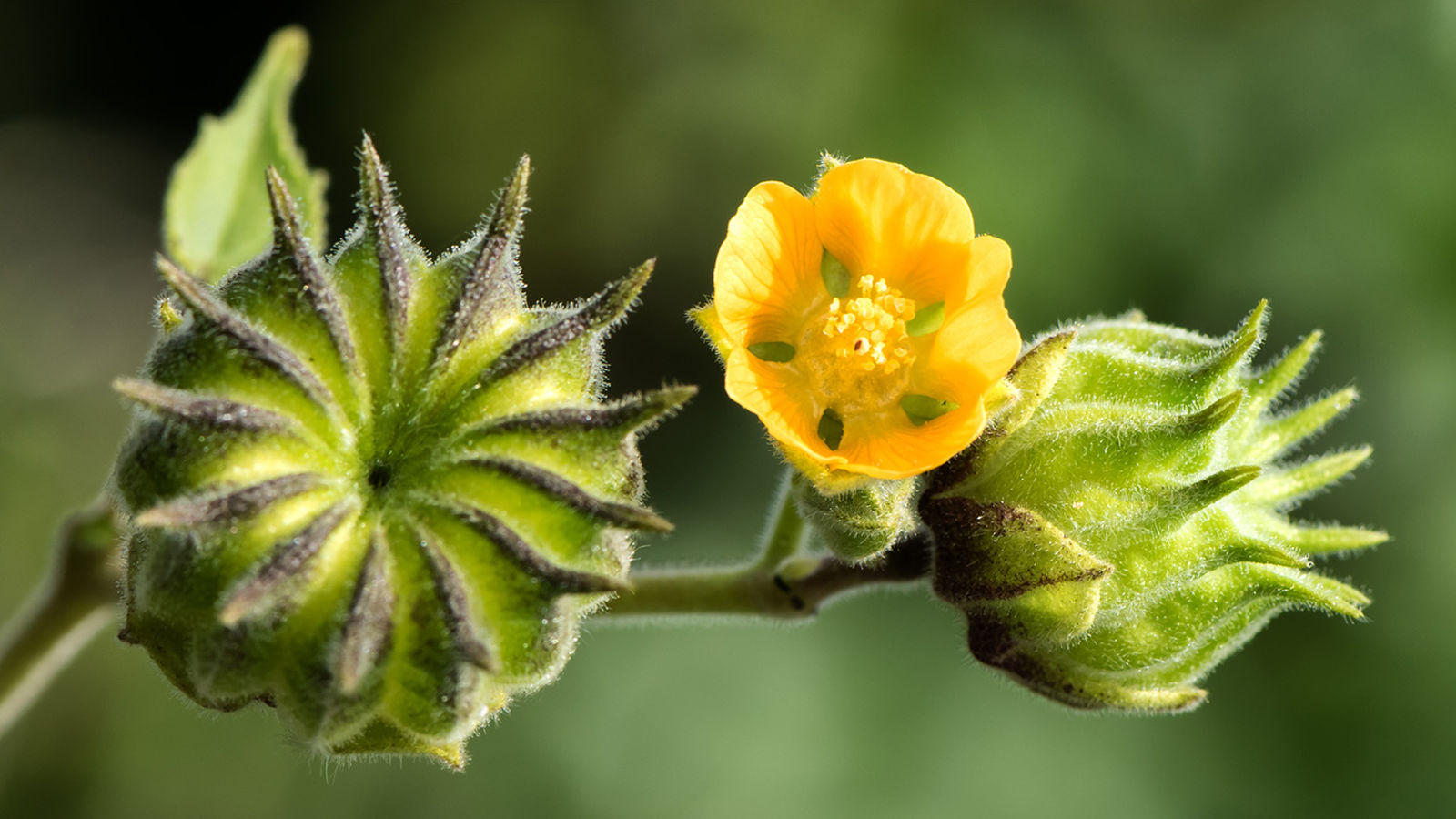The abutilon plant, commonly known as Indian mallow or Chinese lantern, is a beautiful flowering plant that belongs to the Malvaceae family. Tracing the origins and history of this popular ornamental plant has been an intriguing journey through time for botanists and plant enthusiasts alike.
The Early History
The earliest records of abutilon date back to the 16th century when Spanish explorers arriving in South America found the plant growing abundantly in the Andean region. The indigenous people referred to it as “mauca” or “mauco” and utilized the plant for medicinal purposes, treating respiratory and digestive ailments. They also used its fibers to create clothing and fishing nets.
In the following centuries, abutilon was introduced to other regions of South America including Brazil, Argentina and Chile where it became a valued ornamental plant, prized for its large and colorful blooms.
Discovery by European Botanists
The first European botanist to describe and formally name the abutilon plant was Philip Miller in 1768. In his book “The Gardeners Dictionary”, Miller gave it the designation “Abutilon” derived from the Arabic word “aubutilun” meaning medicinal herb.
It was not until the early 19th century however, that European botanists began to methodically document the flora of South America. Notable botanists like Alexander von Humboldt and Aime Bonpland collected abutilon specimens during their expedition across the continent from 1799-1804, describing several new species.
Modern Research Advances Understanding
In recent decades, breakthroughs in molecular biology have illuminated new insights into the evolution and relationships of the abutilon plant. DNA analysis has shown its close genetic ties to other genera in the mallow family like Sida and Gossypium. Its closest wild relatives are now believed to be endemic to Madagascar.
Today, there are over 200 known abutilon species and cultivated varieties bred for their ornamental qualities like the popular A. megapotamicum ‘Red Dragon’ and A. pictum ‘Thompsonii’
The story of discovering the origin of the abutilon plant has been an intriguing journey across centuries and continents. From its ancient heritage in South America to the scientific advances that revealed its genetic connections, the abutilon continues to captivate botanical researchers and plant enthusiasts. Its global popularity as a decorative garden plant is a testament to its visual charms and adaptability to diverse climates and soils. As an important part of the mallow family, the abutilon’s place in botanical history is secure.

k
When Did the First Flower Bloom?
FAQ
What are the origins of Abutilon?
Where are Abutilon native to?
What are the interesting facts about Abutilon Pictum?
What does the Abutilon flower symbolize?
Is Abutilon a plant?
abutilon, (genus Abutilon ), genus of over 100 species of herbaceous plants and partly woody shrubs of the mallow family ( Malvaceae) native to tropical and warm temperate areas. It includes several species used as houseplants and in gardens for their white to deep orange, usually nodding, five-petaled blossoms.
Can Abutilon trees grow from a single stem?
Abutilon shrubs and trees can either be multi-stemmed or grow from a single stem, with multi-stem growth being more desirable when growing garden screens and hedges. Their leaves can be simple with entire margins or lobed like a maple’s with palmate venation. They usually have dense hairs, although some species have thinner ones than others.
Does Abutilon grow in pots?
Pot-bound plants tend to grow more vigorously and bloom better. See more at How to Grow and Care for Abutilon. Abutilon megapotamicum is native to the dry mountain valleys in Brazil. Plantpedia: Browse flowering plants by Scientific Name , Common Name , Genus , Family , USDA Hardiness Zone, or Origin
Is Abutilon hard to grow?
Abutilon is not an especially difficult plant to grow. However, during warmer, dry winters, they are sometimes affected by spider mites, known for leggy growth. To encourage bushy growth, prune the plant by 25 percent to 40 percent in the late winter, right when new growth is about to start.
